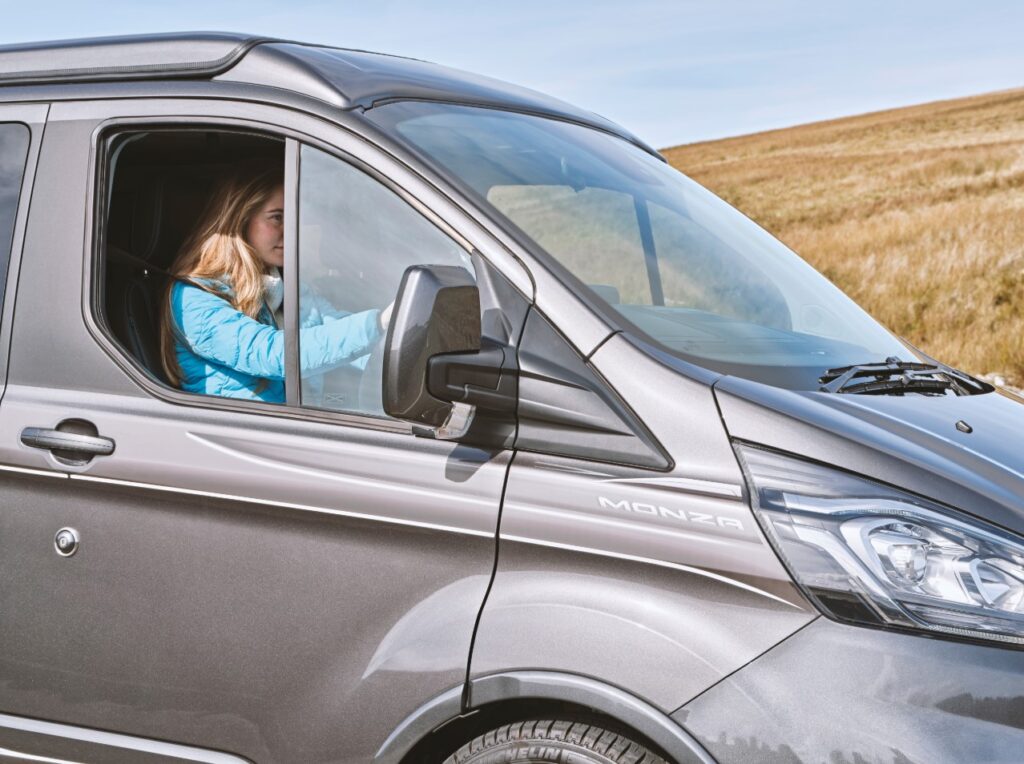
on 27th January 2025
What Licence Do I Need to Drive a Motorhome or Campervan in the UK?
2 minute read time
What Licence Do I Need to Drive a Motorhome or Campervan in the UK?
If you’re planning to drive a motorhome or campervan in the UK, the type of driving licence you need depends on both your age and the vehicle’s Maximum Authorised Mass (MAM).
Standard Licence (Category B)
- Eligibility: If you have a standard UK driving licence (Category B), you can drive motorhomes or campervans with a MAM of up to 3,500kg. Many Swift models fall within this weight category, making them accessible for most drivers.
Medium-Sized Vehicles (Category C1 Licence)
- Eligibility: For motorhomes with a MAM between 3,500kg and 7,500kg, a Category C1 licence is required. Some of our larger motorhomes fit into this range, so it’s essential to check your licence to see what categories you’re qualified to drive. If your licence was issued before 1 January 1997, you might already have this entitlement.
- How to Obtain: If you need a C1 licence, you’ll have to complete a theory test, a practical driving test, and usually a medical assessment. Costs can vary depending on the number of practical lessons required.
You can find detailed information about licence categories on the official GOV.UK website. Note that Northern Ireland has different licensing regulations.
Swift vehicle reference
The table below shows which licence you need to be able to drive each of the 2024 Swift motorhomes and campervans.
| Model | Weight (kg) | Licence required to drive |
| Swift Monza | 3500kg | Car (category B) |
| Swift Carrera | 3500kg | Car (category B) |
| Swift Ascari | 3500kg | Car (category B) |
| Swift Trekker | 3500kg | Car (category B) |
| Swift Voyager | 3500kg | Car (category B) |
| Swift Escape (640) | 3500kg | Car (category B) |
| Swift Escape (674 / 684* / 694) | 3700kg – 4500kg | Category C1 |
| Swift Kon-Tiki | 4500kg – 5000kg | Category C1 |
* From 2024, the Escape 684 is plated at 3700kg, models prior to 2024 please refer to your owner’s technical handbook.
Understanding Vehicle Weights
- Unladen Weight: This refers to the weight of the vehicle without passengers, cargo, or fuel. It includes the body and all standard components used when the vehicle is on the road but excludes fuel or electric vehicle batteries.
- Mass in Running Order (MRO): MRO includes the unladen weight plus an allowance for the driver (75kg), 90% of the fuel tank, and 10kg for LPG. Swift calculates MRO with the fresh water tank empty, so traveling with water will reduce your available payload.
- Maximum Authorised Mass (MAM): Also known as Maximum Technical Permissible Mass (MTPLM) or Gross Vehicle Weight (GVW), this is the total weight of the vehicle, including passengers, cargo, and fuel, when it’s fully loaded and ready to drive. This is the key figure to check when determining what licence you need.


